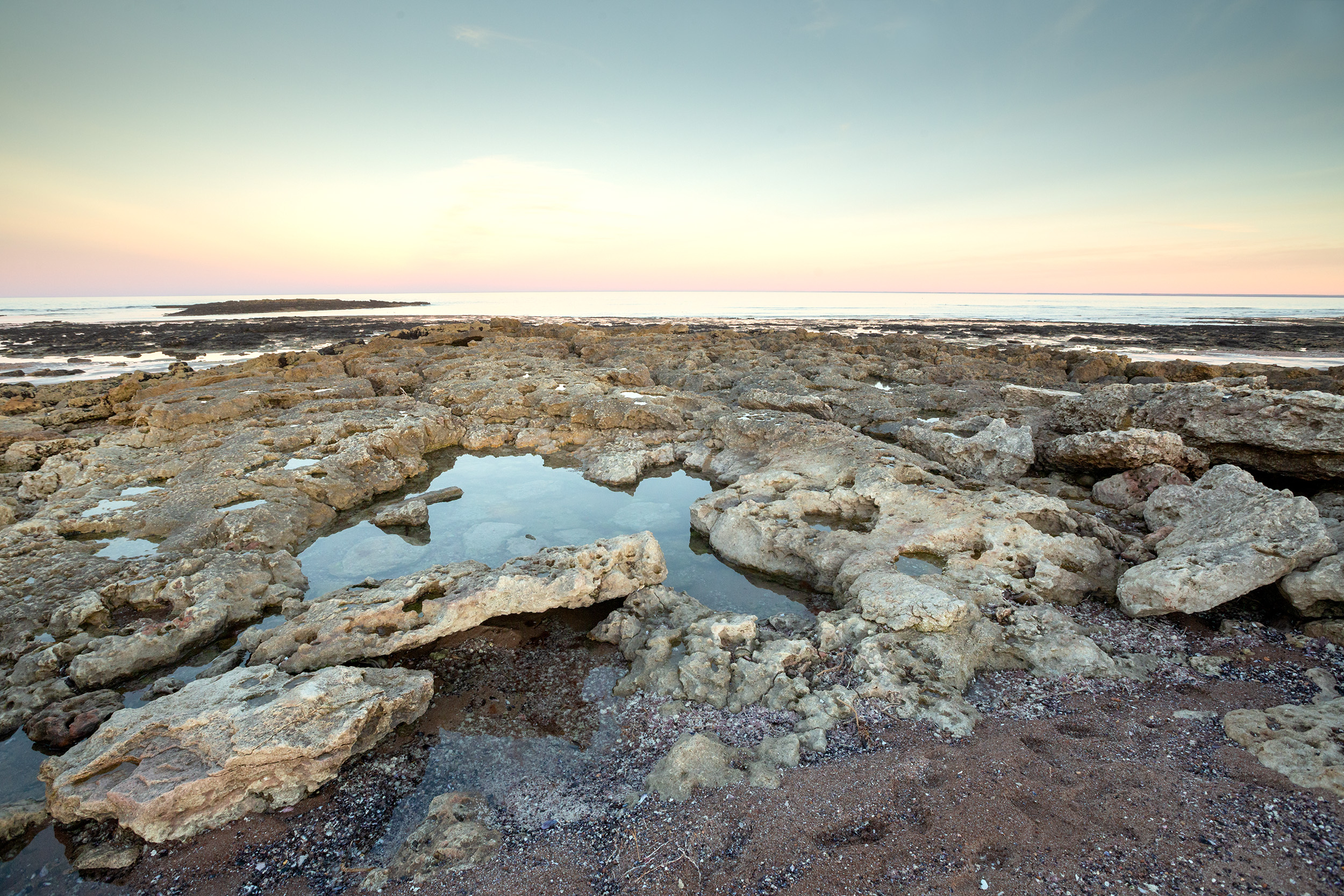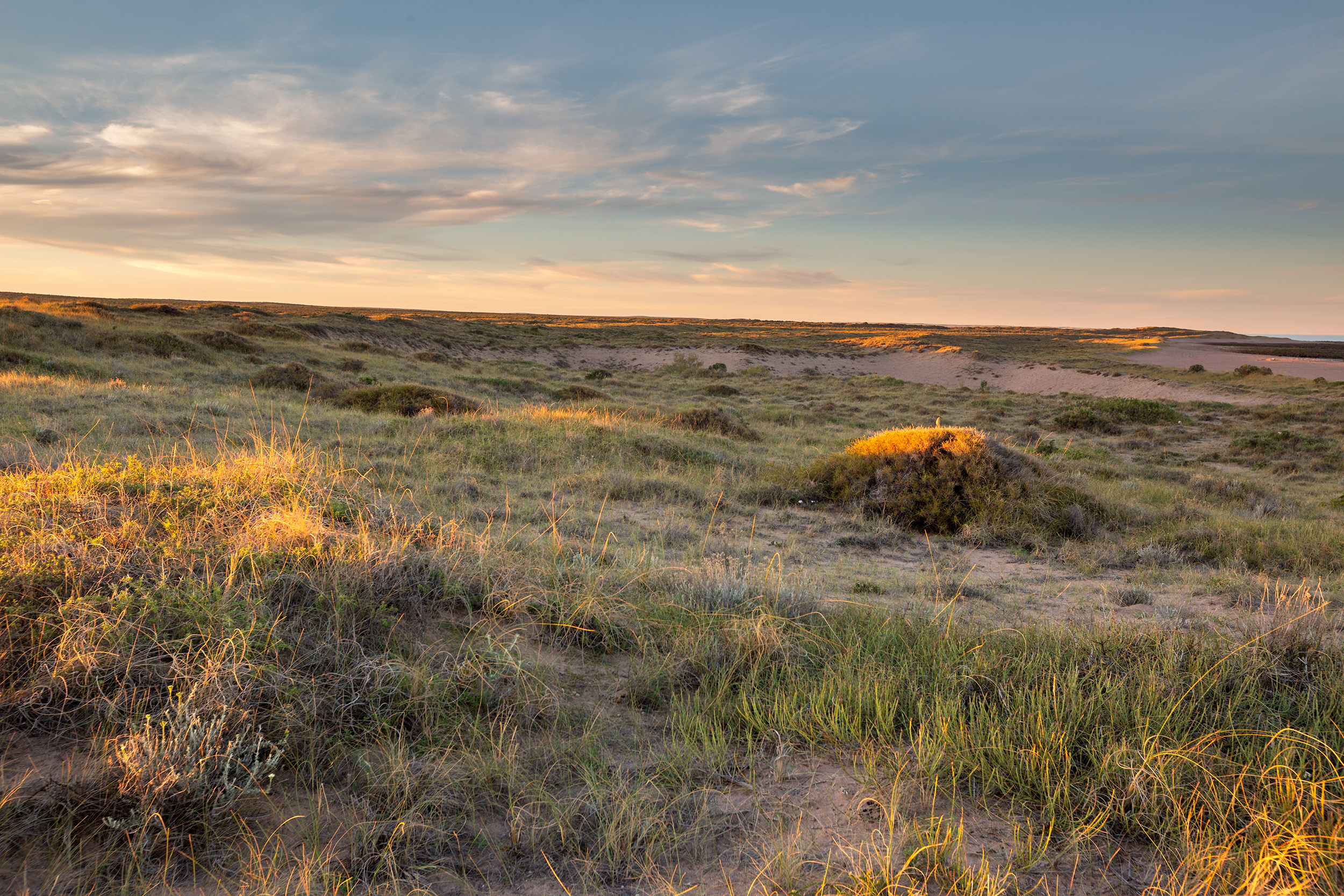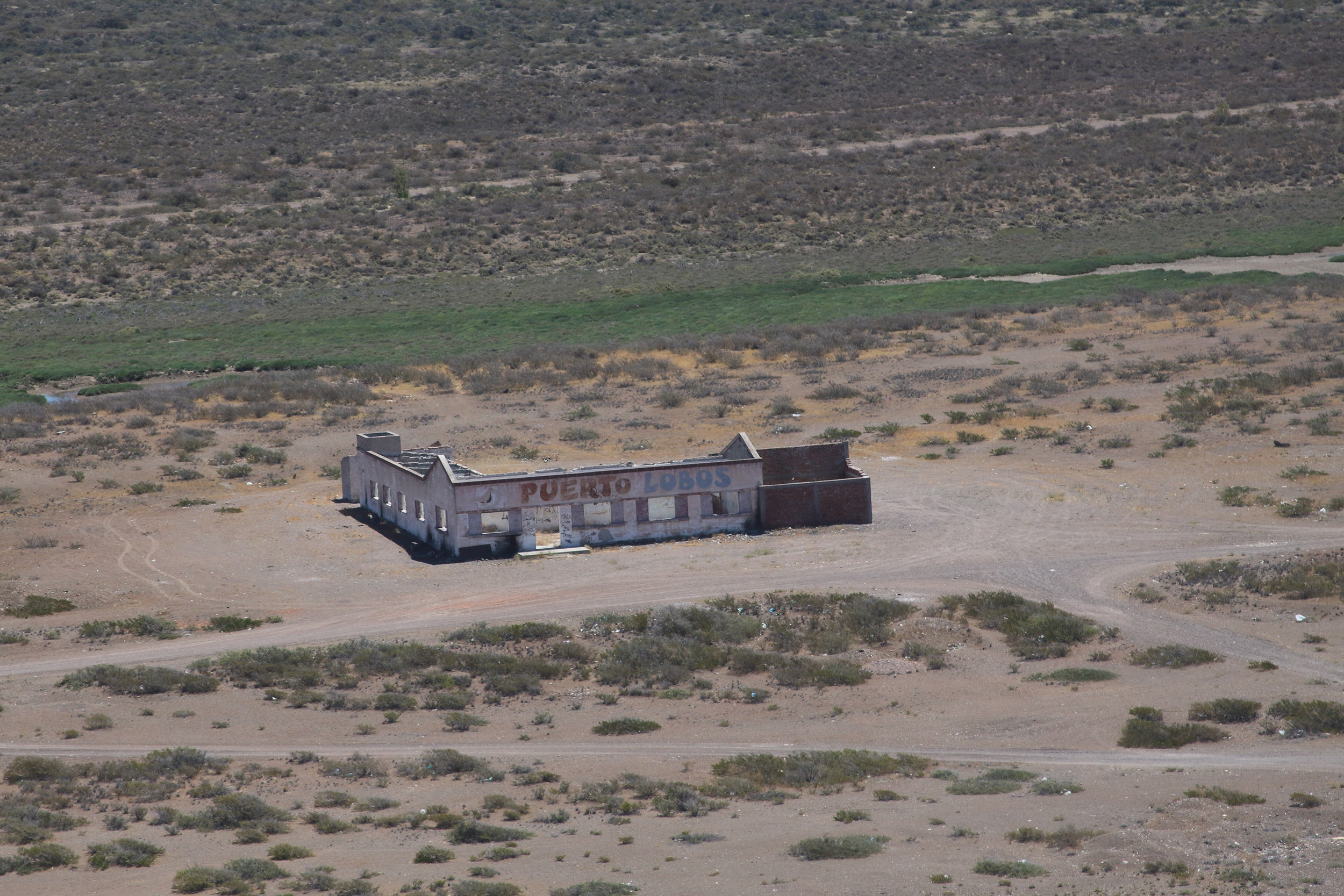Cover Photo © Fabián Pinasco
Description
The Puerto Lobos Natural Protected Area is located on the border between the provinces of Chubut and Río Negro. It covers the southern sector of the coast of the Province of Río Negro, from 500 m above the highest high tide to 12 miles offshore. Within the protected area, there is an old settlement called Puerto Lobos. The coastline varies between a high cliff located to the north of the area that descends to the south. It is characterized by the presence of sandy beaches alternating with a few small sandy beaches. In the settlement of Puerto Lobos there is a steep pebble beach, from where southern right whales can usually be observed very close to the coast. In the northern sector of the area there is a single-haired sea lion colony. Seabirds and shorebirds can be observed all along the coast. Tourist and recreational activities related to whale watching and artisanal fishing are carried out in the area.
Geographic Location
Province
Río Negro
Coordinates
-41.90° Latitude S
-65.06° Longitude W
Size and Limits
Total Area:
Marine Area:
Continental Area:
NOTES ON SURFACE ESTIMATION
Area estimated based on the calculation of the area of the polygon represented on the map (ArcGIS PRO) with an Albers Equivalent Conic projection to preserve area calculations.
APN reports 621.21 km2 (Read More)

Legal Aspects
Jurisdiction
Provincial
Year of Creation
1998 / 2007
Creation Legislation
Law 3311 / Law M 3211
Regulatory Decree 1863, 2009
Eco-regions represented
Marine
Argentine Province
North Patagonian Gulfs Ecoregion
Land
Monte Ecoregion of plains and plateaus
Conservation Objectives
Protect and conservation of a unique ecosystem consisting of the presence of sea lions, whales, and both resident and migratory coastal birds, as well as characteristics suitable for paleontological and archeological research (Law).





Management
Management effectiveness and evaluation year
24 % – METT Evaluation (2014)
Sources consulted:
GEF REPORT 2014
Padin (2007)

